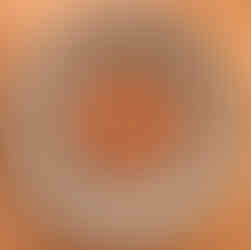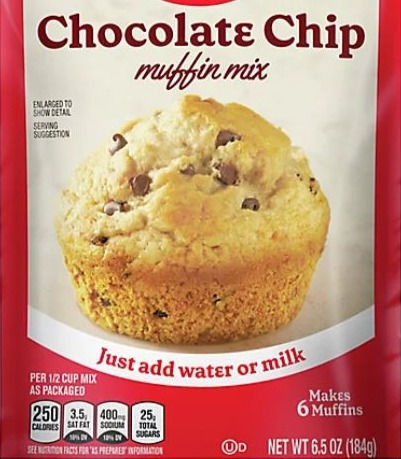Traffic Light Eating: The Easy Way to Identify Healthy Foods
- May 6, 2022
- 4 min read
Updated: May 7, 2022

It’s so hard to figure out what’s healthy, and what’s not so
great for us. Big Food—those companies that sell most processed food—will do almost anything to get you to buy their products. This means that packaging can be deceiving and misleading. Here’s an easy way to categorize food so that your kids can identify which foods will help them think, grow, and perform their best.*
*Notice that calories are never mentioned above when determining whether a food is good for your body. Despite what you might have learned, calories are deceiving, and they should not dictate what you eat. Counting calories is NOT the way to determine how to eat. Look for a blog soon to learn more.
Green Light: Eat! Eat! Eat!
Foods: All fruits and vegetables

These foods are:
Grown and not manufactured
High in nutrients
Colorful
Usually can be eaten raw
Tips on increasing how much you eat:
Cut up fruit and veggies and place them on the table for easy access as a snack or after dinner.
Remember, if you add a dip, it should be free of artificial colors & flavors, preservatives, and low in sugar.
If you add a protein and/or fat, such as nut butter, then you will feel fuller, longer.
Have your kids pick out a new fruit/veggie to try on a regular basis.
Add fruits and veggies (such as baby spinach or steamed collards) to smoothies—GREAT way to add veggies to a diet! It's important that your smoothies contain at least one green; otherwise, the sugar from the fruit will rush into the bloodstream.
Wrap lettuce around a fruit (such as cut up strawberries, blueberries, or apples)-Sydney's favorite way to eat lettuce!
If your fruit is going bad, such as bananas, you can peel and freeze them in sections. Then you can grab them from the freezer for making smoothies or fruit ice cream.
If you can afford some organic, but not all, use the Environmental Working Group's guidance regarding fruits and vegetables that are best eaten organic, and those that are less likely to retain pesticides: The Clean Fifteen and The Dirty Dozen.
Yellow Light: Eat every day, but not unlimited amounts
Foods: Examples include whole grain bread; tortillas; nuts; pumpkin and sunflower seeds; olive oil and other nut oils; cheese (hard cheese is healthier); eggs; chicken; fish; Greek yogurt; lean red meat; black beans; applesauce/fruit juice**
**Applesauce does not contain the skin of the apple; an "intact" apple contains fiber (skin) and slows the introduction of sugar into the bloodstream. So, eating applesauce better than eating candy or cookies, but definitely not as good as eating an apple. Fruit juice is similar. If you squeeze an orange and have only that amount, then it's okay to have once in a while, or with your breakfast, if your breakfast contains fiber such as spinach. But it's definitely not as healthy as eating a whole orange. In terms of drinking, water (plain or flavored with real fruit, fresh mint, etc.) is your best choice.
These foods are nutritious, but may have more fat or sugar than green light foods.
Tips on making sure you eat your Yellow Light foods (as opposed to Red Light foods, which are presented next):
Plan a menu
Find easy recipes. A couple of great sources are https://www.100daysofrealfood.com/ and elanaspantry.com. We will be adding some main meal recipes to our website shortly—stay tuned!
Remember, it doesn't have to be fancy! You can have scrambled eggs with baby spinach and organic sausages/chicken bacon, or healthy French toast and a smoothie that contains fruit AND greens.
Stock up on items that can be stored in either your freezer or cabinet. Most Yellow Light items fall into this category.
Red Light Foods: Eat occasionally, or not at all
Foods: Pretty much anything processed is a Red Light food, but some are worse than others. For example, homemade low-sugar cookies or cookies that do not contain artificial colors and flavors are better than cookies that do contain artificial ingredients. Examples of Red Light foods are soda (one of the worst things you can put into your body); lemonade; doughnuts; cake; cookies; colored sprinkles; candy; French fries; hot dogs with nitrates; M&Ms; Doritos; chips; foods with artificial colors, flavors, or preservatives; Pop Tarts; sports drinks (sports drinks are NOT good for you...so much so, that our next blog will focus on them!)
These foods are:
Lower in nutrients or don't contain any
May contain artificial sweeteners, coloring, and preservatives (the three ingredients you should ALWAYS avoid, or at least RARELY eat)
Contain hydrogenated oils or trans-fat
High in fat and/or sugar
Unfortunately, everywhere! It takes planning and caring to avoid them
How to avoid these foods:
ASK yourself and your child/children questions to get them used to NOTICING how they FEEL after they eat these foods. Have them experiment!
How do you feel after you eat a candy bar versus after you eat some nuts and a banana?
Is it harder to concentrate?
Do you sleep well if you have a sugary dessert near bedtime?
Can you sit still and pay attention at school if you have a Pop Tart for breakfast? What if you have a whole grain toasted English muffin with egg and cheese, or whole grain toast with nut butter? How do you do in school or at work then?
Do you run as fast if you have a candy bar at practice? What if you have a mandarin instead? Or a banana and water (the best way to replace electrolytes)?
Traffic Light Eating Keeps it Simple
Breaking down food into green, yellow, and red categories makes it easy to identify which foods will help your body to thrive, and which foods can make you tired, reduce your thinking power, and generally guarantee that your brain and body will not function at their best.
Remember to focus on how a food makes you FEEL after you eat it! This will help you make the best choices for your body.





























Comments